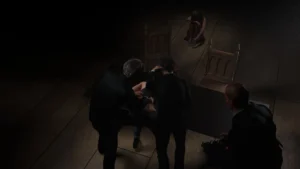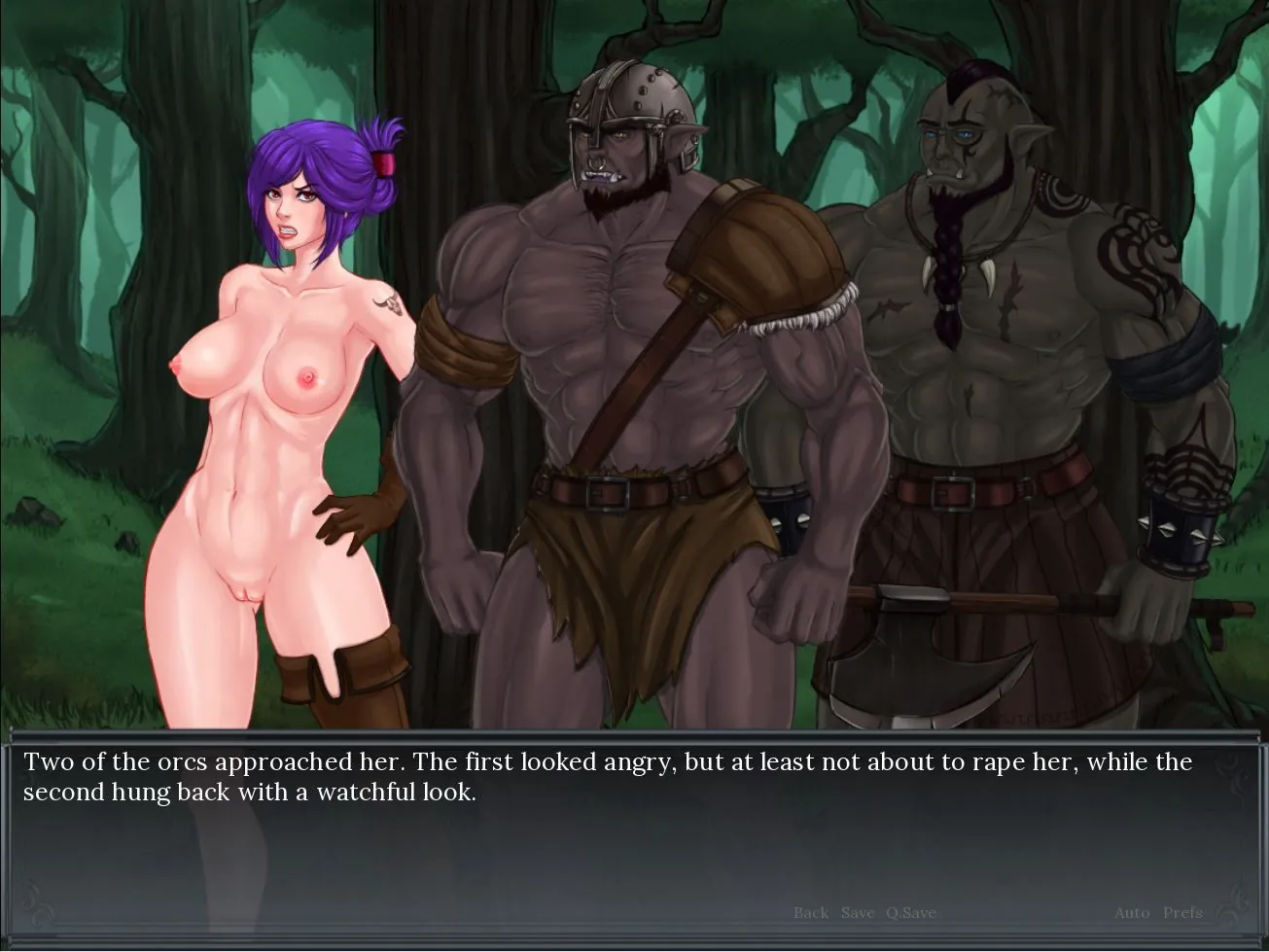
The Theater of Sinners
Play The Theater of Sinners
The Theater of Sinners review
A Deep Dive into the World of ‘The Theater of Sinners’ Game
Imagine stepping into a world where the boundaries of reality are pushed to the limit. ‘The Theater of Sinners’ is a game that promises an immersive experience, blending intrigue with interactive storytelling. This article will delve into the game’s mechanics, user engagement, and what makes it stand out in its genre. Whether you’re a seasoned gamer or just curious about this title, here’s what you need to know.
Gameplay Mechanics and Features
What Makes ‘The Theater of Sinners’ Unique?
Picture this: You’re sipping coffee, settling in for a gaming session, and BAM 💥—you’re thrust into a gothic metropolis where every alley hides secrets and every character drips with moral ambiguity. That’s The Theater of Sinners for you! Unlike typical interactive storytelling games, it blends adult game mechanics not for shock value, but to explore raw human dilemmas—power, desire, and consequence.
What truly sets it apart? Three things:
– Dynamic Sin System: Your actions—lying, manipulating, or showing mercy—alter your “sin profile,” unlocking exclusive story branches. Steal from a vendor? Suddenly, black-market dealers greet you like an old friend. 😏
– Layered Narrative Architecture: Instead of linear paths, the plot unfolds like a spiderweb. Miss a clue in Act 1? It might resurface explosively in Act 3.
– Mature Themes, Nuanced Execution: No cheap thrills here. Romance or betrayal arcs hinge on psychological depth, making choices hurt in the best way.
I learned this the hard way. Early on, I spared a traitor out of pity 🥺—only for them to sabotage my allies later. Gut-wrenching? Absolutely. But that’s the magic: The Theater of Sinners gameplay forces you to live with decisions, not just button-mash through them.
| Feature | Why It Stands Out | Player Impact |
|---|---|---|
| Morality Echoes | NPCs remember minor interactions (e.g., bribing guards) | Changes faction access & ending possibilities |
| Time-Pressure Dialogues | 10-second choices with emotional stakes | Creates authentic tension—no “pause-and-Google” safety net! |
| Environmental Storytelling | Foreshadowing hidden in set design (e.g., bloodstained letters) | Rewards exploration with narrative payoff |
Navigating the Game World
Lost in a velvet-draped casino one minute, sneaking through sewers the next—this world demands your attention. 🗺️ The navigation isn’t just about maps; it’s about reading between the lines. Pro tip: Always inspect objects glowing with a faint crimson haze. Why? In my first run, I ignored a “distorted mirror” in a brothel… and missed a key clue about a character’s double life! 🔍
Movement feels deliberate:
– Vertical Exploration: Rooftops, cellars, and hidden tunnels offer shortcuts—or traps.
– Social Stealth: Blend into crowds by adjusting your posture or attire. Wearing a trench coat in a ballroom? Guards get suspicious. 🎩
– Fast-Travel with Consequences: Use carriages, but know drivers may gossip about your destinations.
This isn’t just exploration—it’s immersive gaming experiences amplified by sound design. Rain hisses during chases, and distant piano notes hint at nearby secrets. 🎹 Forget minimaps; you’ll navigate by intuition (and maybe a few frantic notebook scribbles!).
🚨 Hot Tip: Save before entering new districts! Random events (like muggings or vendor scams) can derail quests if you’re unprepared.
Interactivity and Player Choice
Here’s where The Theater of Sinners absolutely shines. Every dialogue, alliance, or betrayal ripples across the story. Player choice impact isn’t a buzzword—it’s the engine. For instance, early on, you’re forced to side with either:
– A vengeful widow offering wealth 💰
– A revolutionary promising justice ⚖️
I picked the widow, assuming cash would solve problems. Big mistake! Her “gifts” came with strings attached—like assassinating her rivals. This spiraled into a lockdown of the city’s trade district, cutting off vital resources.
Adult game mechanics elevate these moments. Romantic subplots, for example, aren’t just flings; they’re power plays. Seduce a crime lord? You’ll gain leverage but risk their jealousy triggering a bloody confrontation. 🔥
Key mechanics driving player choice impact:
– Trust Gauges: Hidden meters track loyalty. Let an ally down twice? They might sell you out.
– Resource-Based Dilemmas: Share medicine with a sick child or hoard it for future combat? Both paths alter NPC survival.
– Narrative “Butterfly Effects”: Tiny acts (e.g., tipping a bartender) can unlock exclusive missions hours later.
| Your Decision | Immediate Effect | Long-Term Consequence |
|---|---|---|
| Spare a rival | Gain a temporary ally | They betray you during a boss fight |
| Burn incriminating letters | Protect a faction | Destroy evidence needed to expose the main villain |
🎭 Real Example: In Chapter 4, I refused to torture a prisoner for information—opting for diplomacy instead. This seemingly “soft” choice revealed hidden lore about the game’s big bad… but cost me my best informant’s trust. That’s The Theater of Sinners gameplay in a nutshell: no right answers, just raw, unforgettable storytelling.
Ultimately, this isn’t just another interactive storytelling game. It’s a masterclass in how player choice impact transforms pixels into personal sagas. Your guilt, your triumphs, your sins—they’re all center stage here. 🩸 So, what role will you play?
In conclusion, ‘The Theater of Sinners’ offers a captivating blend of storytelling and interactivity, making it a standout title in its genre. Whether you’re intrigued by its unique mechanics or simply looking for a new gaming experience, this game is certainly worth exploring. Dive into its immersive world and discover the depth of its narrative for yourself.





















